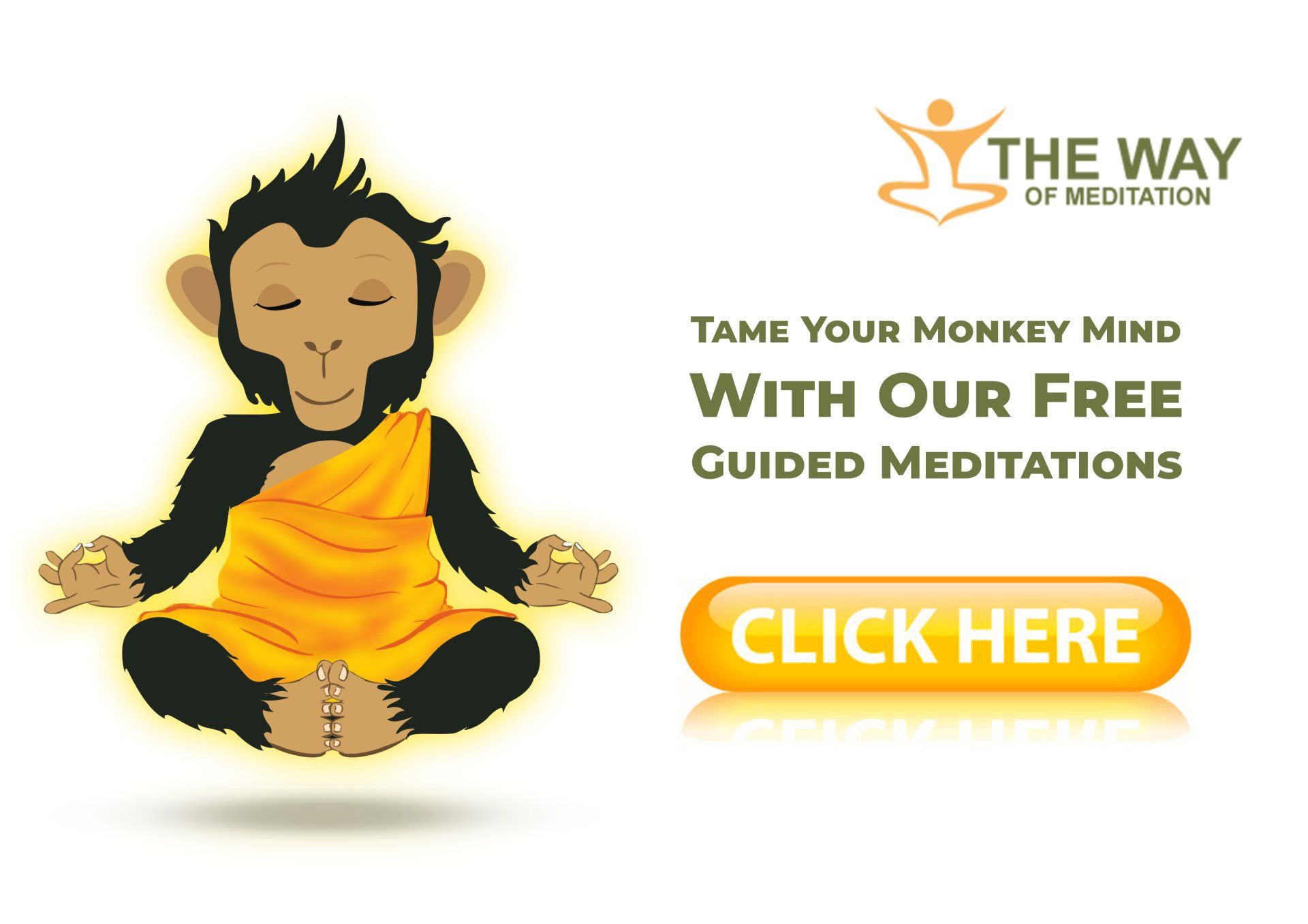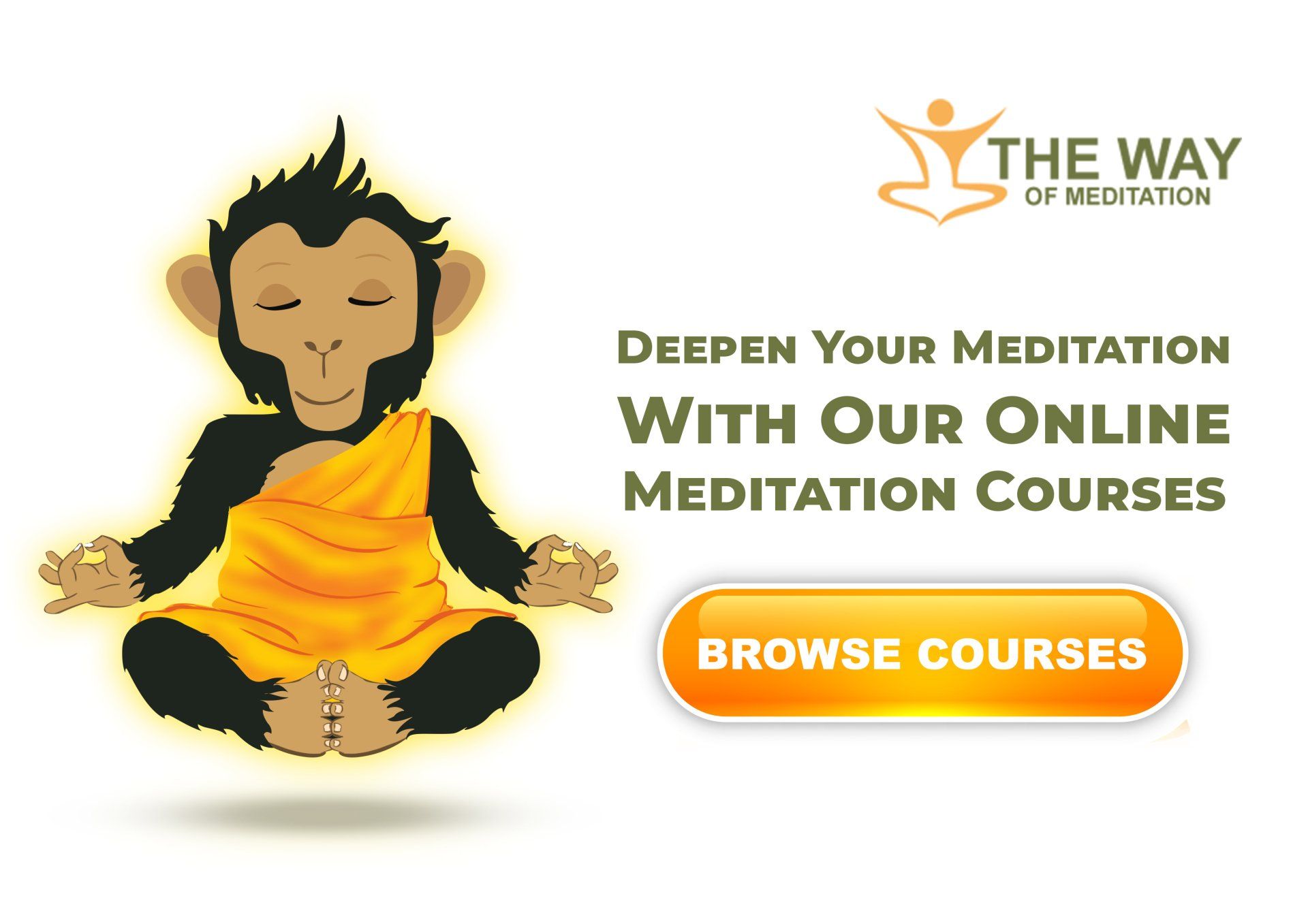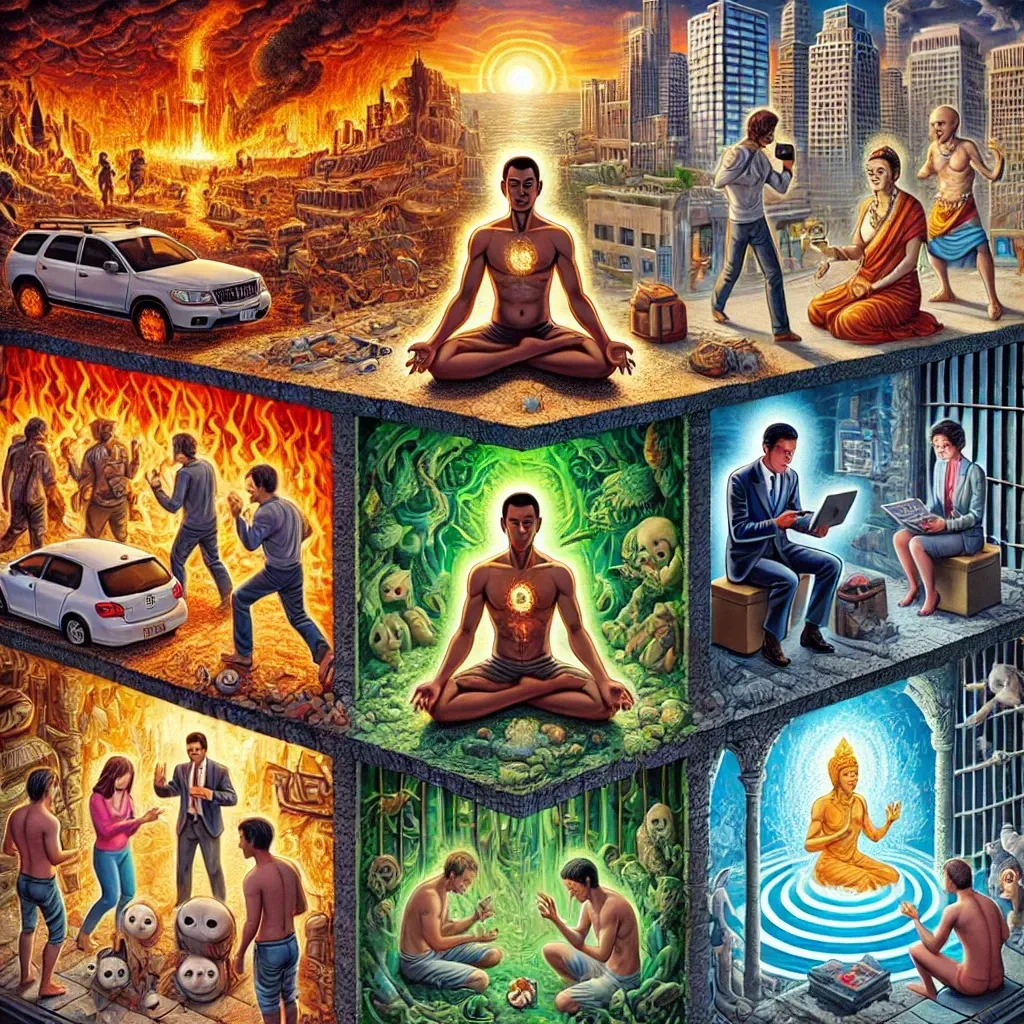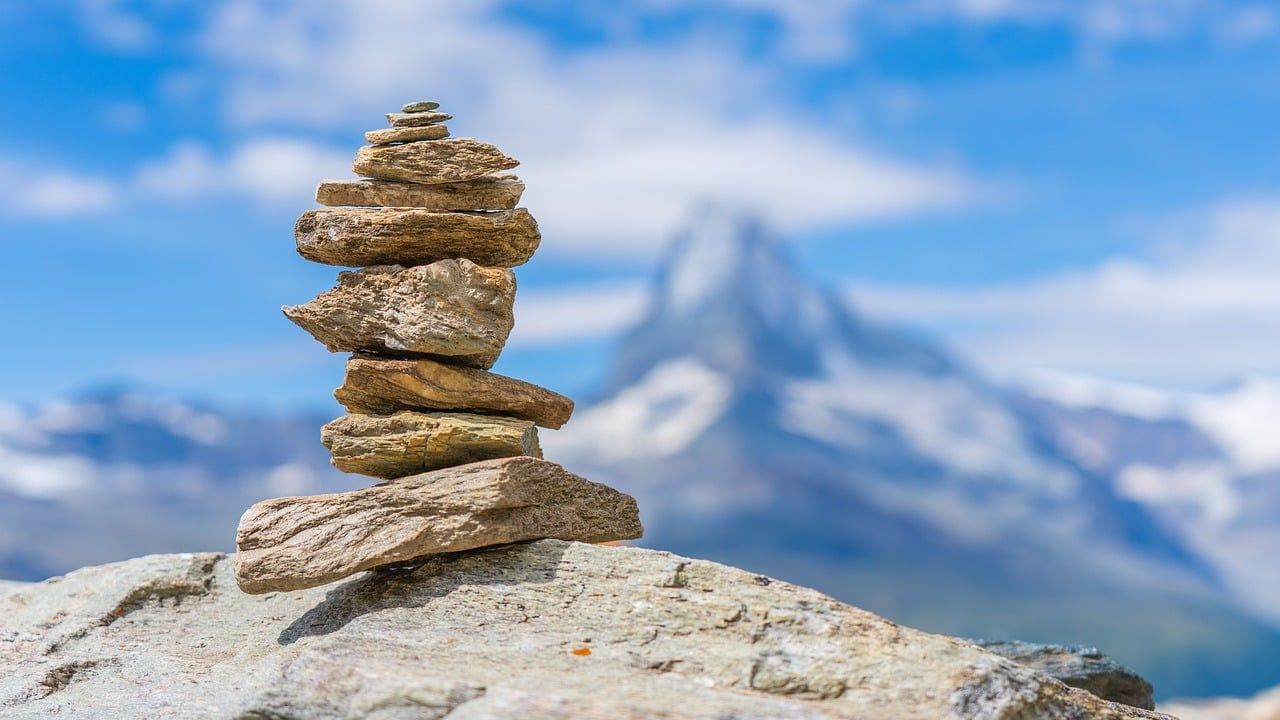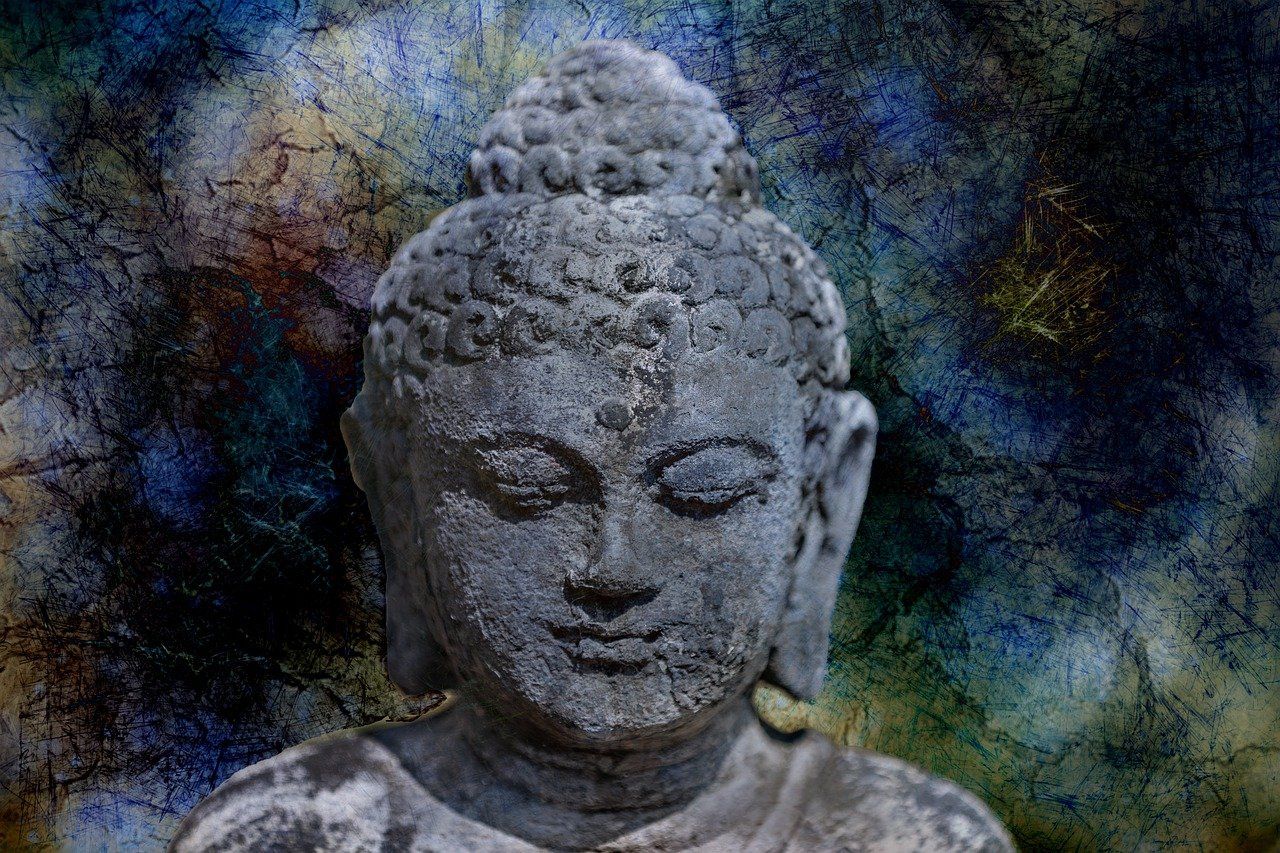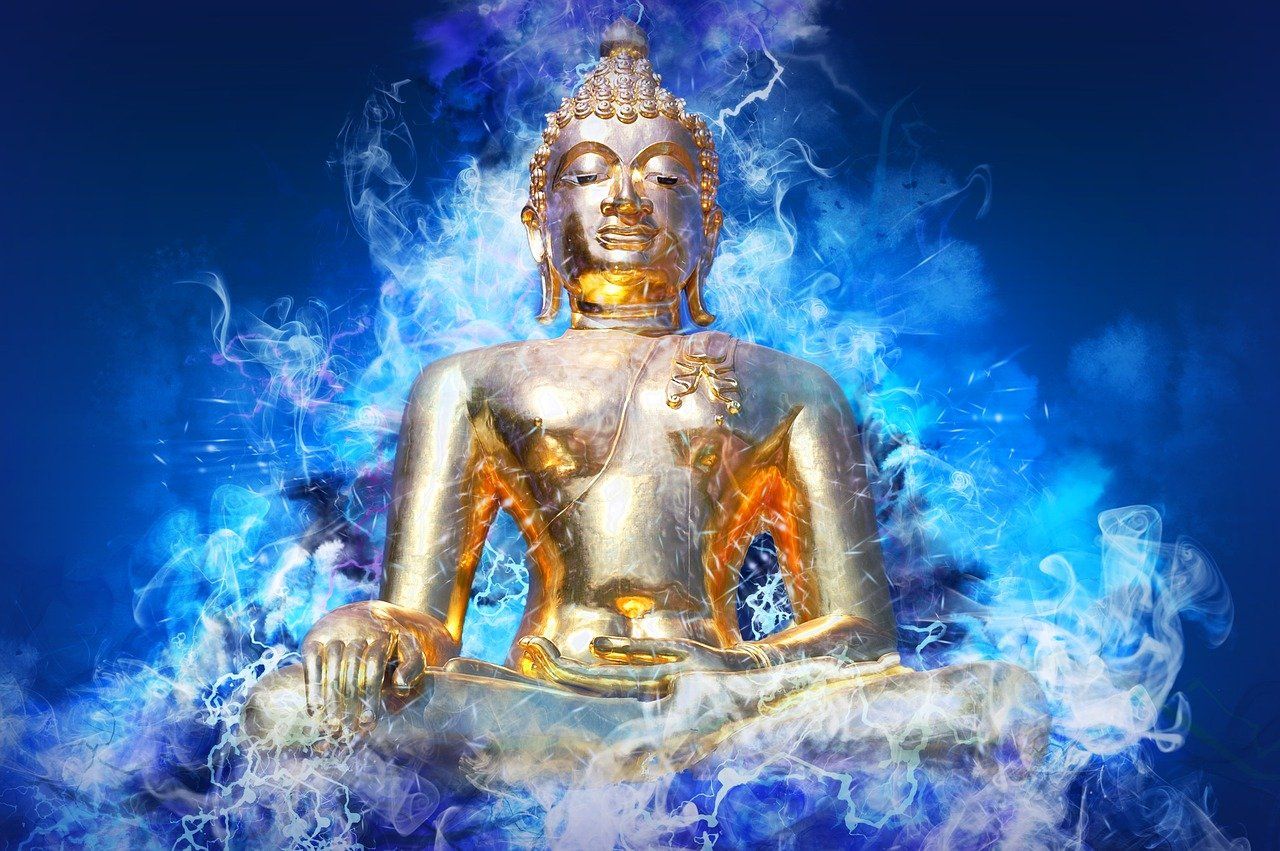The Way of Meditation Blog
Bringing Ancient Wisdom Into The Modern World
The Full Power Of Taoist Meditation And How To Do It
Giovanni Dienstmann\ • May 15, 2019
Taoist Meditation
Taoism (Daoism) is a Chinese philosophy and religion, dating back to Lao Tzu (or Laozi). It emphasizes living in harmony with Nature, or Tao, and it’s main text is the Tao Te Ching, dating back to 6th century B.C. Later on some lineages of Taoism were also influenced by Buddhist meditation practices brought from India, especially on the 8th century C.E..
The chief characteristic of this type of meditation is the generation, transformation, and circulation of inner energy. The purpose is to quieten the body and mind, unify body and spirit, find inner peace, and harmonize with the Tao. Some styles of Taoist Meditation are specifically focused on improving health and giving longevity.
How to do it
There are several different types of Taoist meditation, and they are sometimes classified in three: “insight”, “concentrative”, and “visualization”. Here is a brief overview:
The chief characteristic of this type of meditation is the generation, transformation, and circulation of inner energy. The purpose is to quieten the body and mind, unify body and spirit, find inner peace, and harmonize with the Tao. Some styles of Taoist Meditation are specifically focused on improving health and giving longevity.
How to do it
There are several different types of Taoist meditation, and they are sometimes classified in three: “insight”, “concentrative”, and “visualization”. Here is a brief overview:
- Emptiness meditation — to sit quietly and empty oneself of all mental images (thoughts, feelings, and so on), to “forget about everything”, in order to experience inner quiet and emptiness. In this state, vital force and “spirit” is collected and replenished. This is similar to the Confucius discipline of “heart-mind fasting”, and it is regarded as “the natural way”. One simply allows all thoughts and sensations arise and fall by themselves, without engaging with or “following” any of them. If this is found to be too hard and “uninteresting”, the student is instructed with other types of meditation, such as visualization and Qigong
- Breathing meditation (Zhuanqi) — to focus on the breath, or “unite mind and qi”. The instruction is “focus your vital breath until it is supremely soft”. Sometimes this is done by simply quietly observing the breath (similar to Mindfulness Meditation in Buddhism); in other traditions it is by following certain patterns of exhalation and inhalation, so that one becomes directly aware of the “dynamisms of Heaven and Earth” through ascending and descending breath (a type of Qigong, similar to Pranayama in Yoga).
- Neiguan (“inner observation; inner vision”) — visualizing inside one’s body and mind, including the organs, “inner deities”, qi (vital force) movements, and thought processes. It’s a process of acquainting oneself with the wisdom of nature in your body. There are particular instructions for following this practice, and a good book or a teacher is required.
These meditations are done seated cross-legged on the floor, with spine erect. The eyes are kept half-closed and fixed on the point of the nose.
Master Liu Sichuan emphasises that, although not easy, ideally one should practice by “joining the breath and the mind together”; for those that find this too hard, he would recommend focusing on the lower abdomen (dantian).
Learn more:
People that are more connected with the body and nature may like to try Taoist meditation, and enjoy learning a bit about the philosophy behind it. Or if you are into martial arts or Tai Chi, this might be of your interest. However, Taoist centers and teachers are not as easy to find as Buddhist and Yoga ones, so it might be a challenge to follow through.
Qigong (Chi kung)
Origin & Meaning
Qigong (also spelled chi kung, or chi gung) is a Chinese word that means “life energy cultivation”, and is a body-mind exercise for health, meditation, and martial arts training. It typically involves slow body movement, inner focus, and regulated breathing. Traditionally it was practiced and taught in secrecy in the Chinese Buddhist, Taoist and Confucianist traditions. In the 20th century, Qigong movement has incorporated and popularized Daoist meditation, and “mainly employs concentrative exercises but also favors the circulation of energy in an inner-alchemical mode” (Kohn 2008a:120).
Master Liu Sichuan emphasises that, although not easy, ideally one should practice by “joining the breath and the mind together”; for those that find this too hard, he would recommend focusing on the lower abdomen (dantian).
Learn more:
- 1stHolistic.com (detailed practical information)
- Wikipedia article (Overview of historical development of different Taoist meditation practices)
People that are more connected with the body and nature may like to try Taoist meditation, and enjoy learning a bit about the philosophy behind it. Or if you are into martial arts or Tai Chi, this might be of your interest. However, Taoist centers and teachers are not as easy to find as Buddhist and Yoga ones, so it might be a challenge to follow through.
Qigong (Chi kung)
Origin & Meaning
Qigong (also spelled chi kung, or chi gung) is a Chinese word that means “life energy cultivation”, and is a body-mind exercise for health, meditation, and martial arts training. It typically involves slow body movement, inner focus, and regulated breathing. Traditionally it was practiced and taught in secrecy in the Chinese Buddhist, Taoist and Confucianist traditions. In the 20th century, Qigong movement has incorporated and popularized Daoist meditation, and “mainly employs concentrative exercises but also favors the circulation of energy in an inner-alchemical mode” (Kohn 2008a:120).
For a deep study on Qigong history, theory, and philosophy, I recommend The Root of Chinese Qigong.
Daoist practices may also employ Qigong, but since Qigong is also applied in other Chinese philosophies, I decided to treat it as a separate subject.
How to do it
There are thousands of different Qigong exercises cataloged, involving over 80 different types of breathing. Some are specific to martial arts (to energize and strengthen the body); others are for health (to nourish body functions or cure diseases); and others for meditation and spiritual cultivation. Qigong can be practiced in a static position (seated or standing), or through a dynamic set of movements – which is what you typically see in YouTube videos and on DVDs. The exercises that are done as a meditation, however, are normally done sitting down, and without movement.
To understand more about Qigong and learn how to do it, I’d recommend getting a book or DVD set from Dr. Yang Jwing Ming, such as this one. But here goes an introductory overview of the practice of seated Qigong meditation:
Small Circulation (also called “microcosmic circulation”)
Embryonic Breathing
Eight Pieces of Brocade (see this book excerpt & Wikipedia article)
Muscle Tendon Changing (or “Yi Jin Jing”, taught by Bodhidharma)
The first two are seated meditation, while the latter two are dynamic Qigong, integrating body stretches.
Learn more:
Is it for me?
Qigong meditation may be more attractive to people that like to integrate a more active body and energy work into the practice. If seated meditation is unbearable for you, and you prefer something a bit more active, try some of the more dynamic forms of Qigong. Again, there are several styles of Qigong out there, and you may need to try with different teachers or DVDs to find the one that suits you. Some people have a taste of dynamic Qigong through the practice of Tai Chi.
Daoist practices may also employ Qigong, but since Qigong is also applied in other Chinese philosophies, I decided to treat it as a separate subject.
How to do it
There are thousands of different Qigong exercises cataloged, involving over 80 different types of breathing. Some are specific to martial arts (to energize and strengthen the body); others are for health (to nourish body functions or cure diseases); and others for meditation and spiritual cultivation. Qigong can be practiced in a static position (seated or standing), or through a dynamic set of movements – which is what you typically see in YouTube videos and on DVDs. The exercises that are done as a meditation, however, are normally done sitting down, and without movement.
To understand more about Qigong and learn how to do it, I’d recommend getting a book or DVD set from Dr. Yang Jwing Ming, such as this one. But here goes an introductory overview of the practice of seated Qigong meditation:
- Sit in a comfortable position. Make sure your body is balanced and centered.
- Relax your whole body – muscles, nerves, and internal organs
- Regulate your breathing, making it deep, long, and soft.
- Calm your mind
- Place all your attention in the “lower dantien”, which is the center of gravity of the body, two inches below the navel. This will help accumulate and root the qi (vital energy). Where your mind and intention is, there will be your qi. So, by focusing on the dantien, you are gathering energy in this natural reservoir.
- Feel the qi circulating freely through your body.
Small Circulation (also called “microcosmic circulation”)
Embryonic Breathing
Eight Pieces of Brocade (see this book excerpt & Wikipedia article)
Muscle Tendon Changing (or “Yi Jin Jing”, taught by Bodhidharma)
The first two are seated meditation, while the latter two are dynamic Qigong, integrating body stretches.
Learn more:
Is it for me?
Qigong meditation may be more attractive to people that like to integrate a more active body and energy work into the practice. If seated meditation is unbearable for you, and you prefer something a bit more active, try some of the more dynamic forms of Qigong. Again, there are several styles of Qigong out there, and you may need to try with different teachers or DVDs to find the one that suits you. Some people have a taste of dynamic Qigong through the practice of Tai Chi.
Get A FREE
Guided Meditation Series
with Chad Foreman
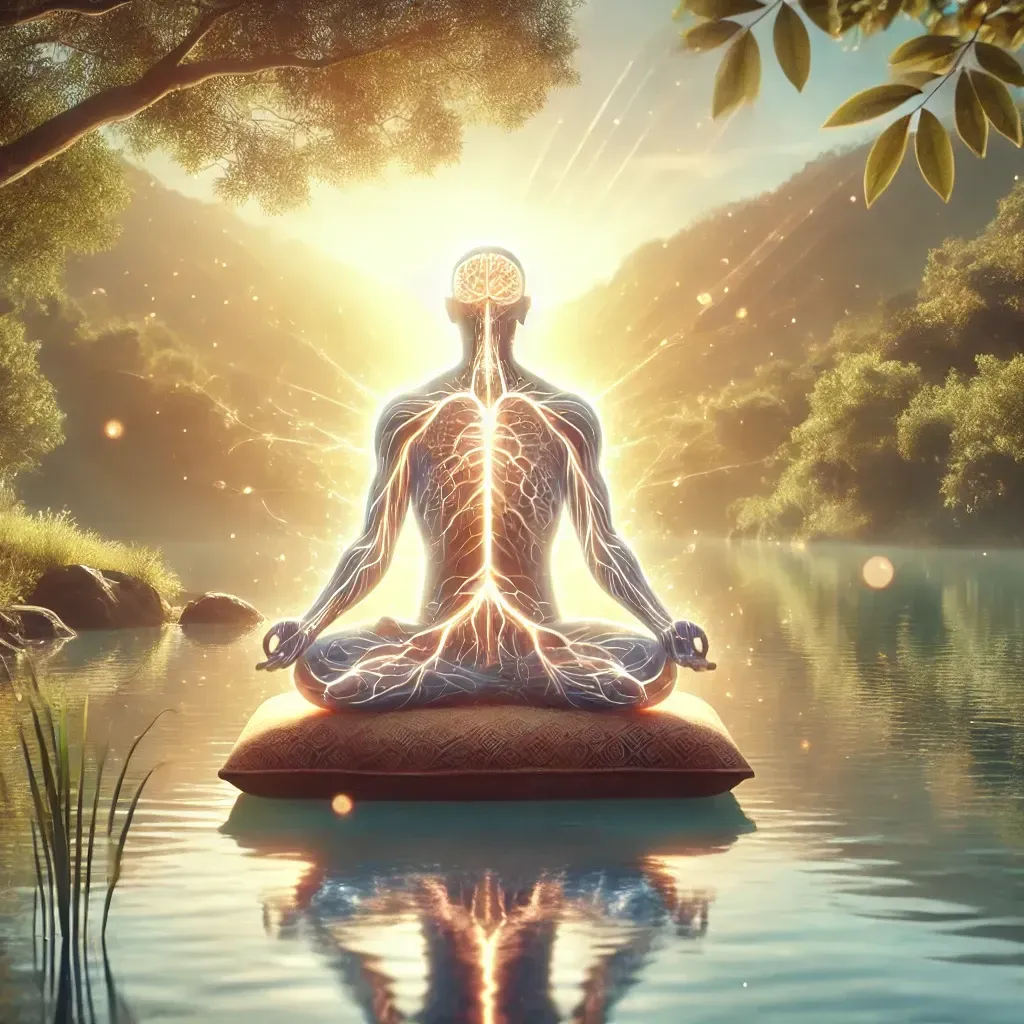
In today’s fast-paced world, the mind often races, driven by the demands of work, family, and personal ambitions. Meditation is commonly seen as a practice to calm the mind, foster inner peace, and connect with deeper aspects of existence. Yet, one crucial element often overlooked is the state of the body, particularly the nervous system. Relaxing the nervous system isn’t just a preparatory step; it is foundational for unlocking the deeper states of awareness and tranquility that meditation promises. Drawing insights from my journey and teachings, we will explore why this is so vital and how it transforms the meditative experience.




